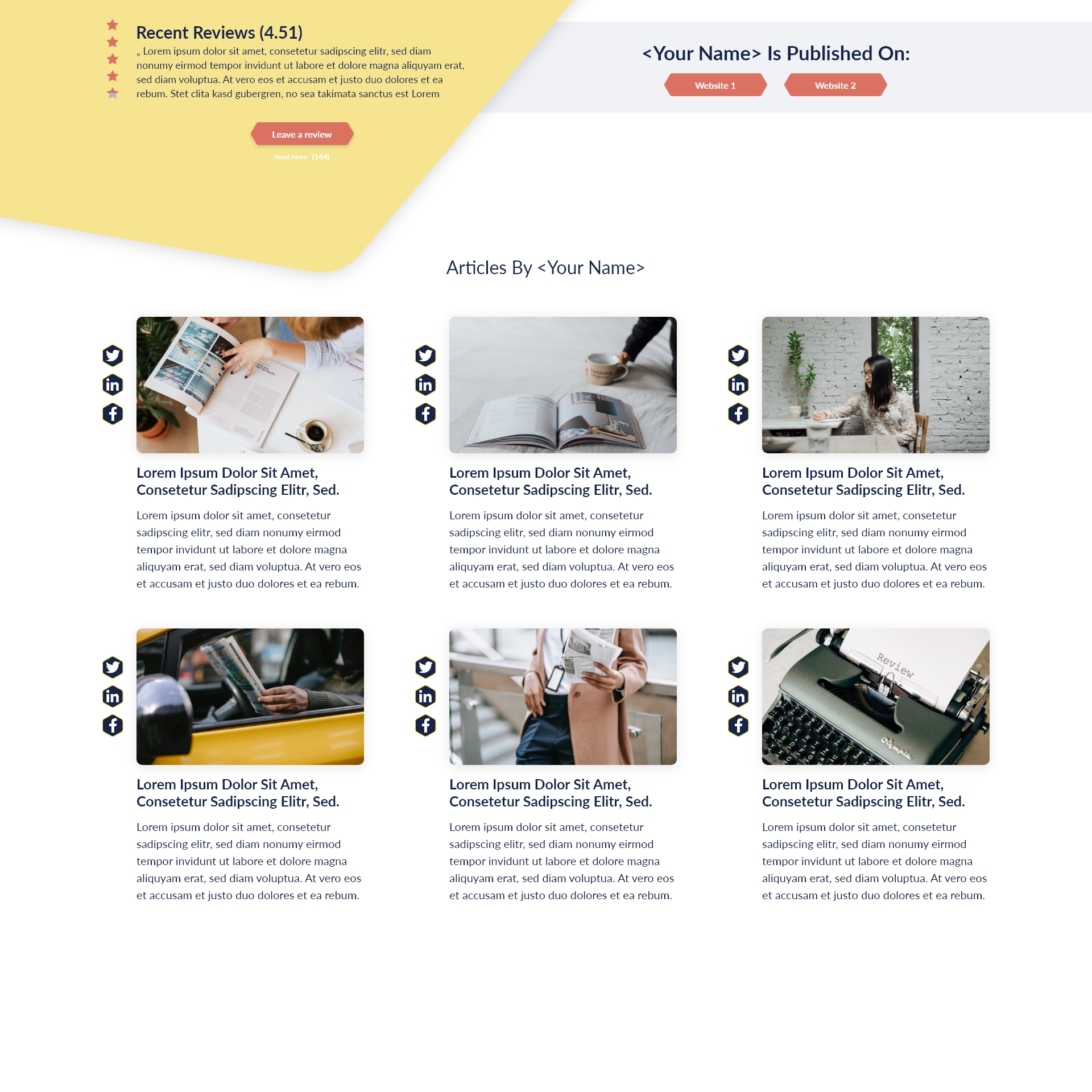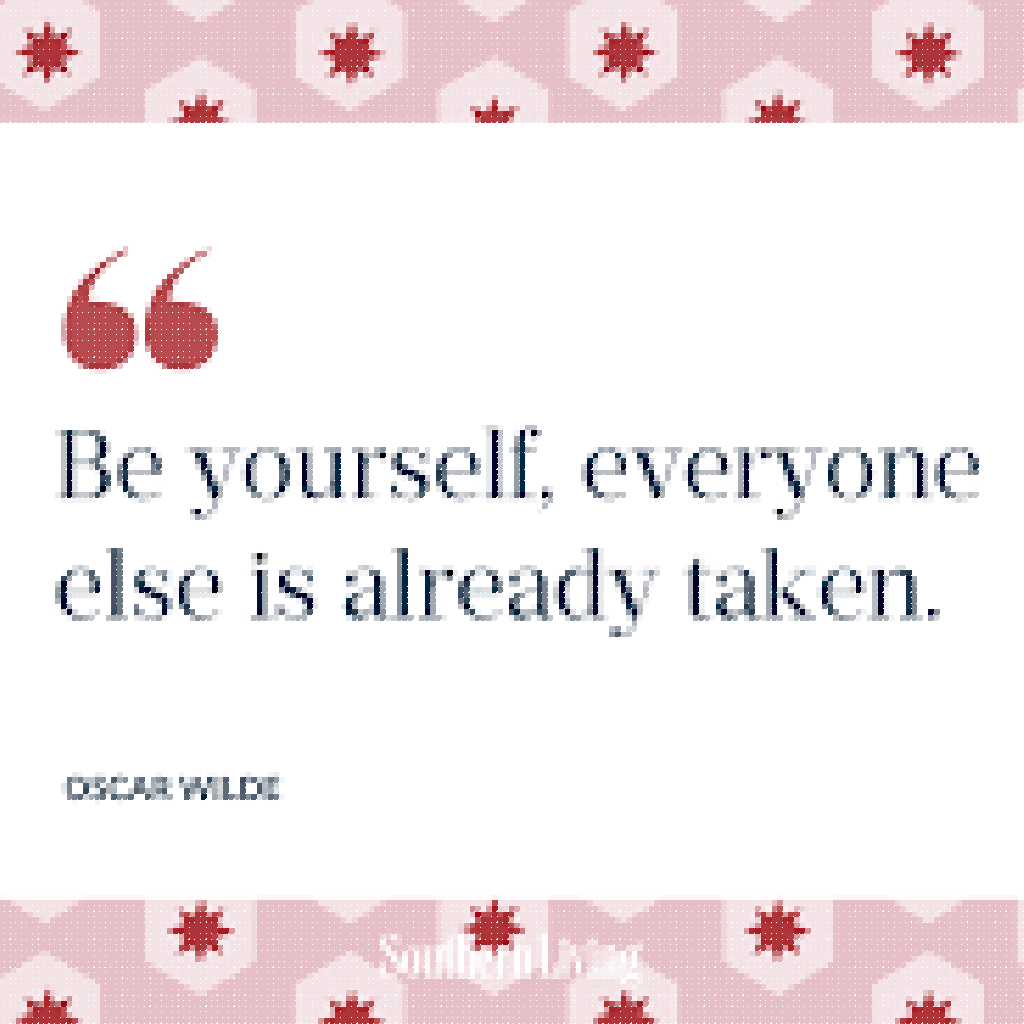Key Takeaways:
- Identifying and improving skill gaps is the first step toward effective leadership development.
- Setting clear, measurable leadership goals can boost career momentum.
- Mentorship plays a pivotal role in maximizing growth for aspiring leaders.
- Executive coaching provides a personalized strategy for promotion readiness.
- Succession planning and networking are vital for advancing into management roles and uncovering new leadership opportunities.
Kickstarting Your Career Progress—Smart Moves for Future Leaders
A thriving career seldom happens by accident—especially for federal employees poised to move up the ranks. Navigating the complexities of professional growth requires a sharp focus on self-development, leadership skills, and an ability to manage conflict with confidence. Training workshops that emphasize leadership development and conflict resolution deliver a proven framework for accelerating career progress, empowering you with the insights necessary to overcome new challenges, and enabling advancement to higher-responsibility positions.
Professional Development Strategies for Sustained Career Progress
How to Identify Skills Gaps and Growth Opportunities
Progressive professionals regularly assess their competencies and compare them against current and anticipated organizational needs. Begin by:
- Soliciting feedback from peers and supervisors on strengths and areas for improvement.
- Reviewing recent performance evaluations to spot recurring themes.
- Researching emerging trends in federal service and comparing your existing skillset to in-demand abilities.
Armed with this information, you can pursue targeted training—such as workshops in conflict resolution or change management—that bridges those gaps, ensuring ongoing professional relevance.
Setting Leadership Career Goals That Drive Results
Effective leadership development begins with clear, actionable goals. Use the SMART framework: Specific, Measurable, Achievable, Relevant, and Time-bound objectives create a roadmap for advancement. For example:
- “Lead a cross-departmental project within six months to build stakeholder management skills.”
- “Complete a certified leadership workshop this fiscal year to prepare for a GS-14 supervisory position.”
Regularly review and refine these goals to match evolving ambitions and agency priorities.
Climbing the Corporate Ladder: What Really Works?
Proven Tactics for Overcoming Career Stagnation
Career plateaus are common but surmountable. Federal employees can counter stagnation by:
- Volunteering for high-visibility assignments that stretch your abilities.
- Attending interagency collaborations and workshops to broaden expertise.
- Requesting feedback following project completions to identify improvement opportunities.
Consistently stepping outside comfort zones not only accelerates growth but also signals readiness for increased responsibility.
Building a Leadership Portfolio that Stands Out
Your leadership portfolio is more than a résumé—it includes documented achievements, certifications, significant training (such as conflict resolution workshops), and feedback from previous leadership roles. Consider:
- Compiling case studies of successful project outcomes.
- Including letters of recommendation and performance awards.
- Documenting completed workshops, especially those focused on federal leadership competencies.
A robust portfolio demonstrates your preparedness for advancement and makes you a compelling candidate for elevated roles.
Mentorship for Career Growth: Why Guidance Matters
Finding and Maximizing Mentorship Relationships
Mentorship is a catalyst for growth, fostering both technical skills and leadership acumen. To find a mentor:
- Seek out leaders respected in your field and initiate conversations about your career aspirations.
- Join professional associations or agency development programs.
Maximize these relationships by setting meeting agendas, committing to action after discussions, and regularly updating your mentor on your progress.
The Role of Mentors in High-Potential Employee Development
Mentors are instrumental in identifying latent potential, supporting personalized development plans, and opening doors to strategic opportunities. For high-potential federal employees, mentorship can:
- Provide guidance on challenging projects and interagency collaborations.
- Offer insight into agency succession plans and future opportunities.
- Encourage participation in advanced leadership programs.
Leadership Skills Advancement with Executive Coaching Benefits
When to Consider Executive Coaching for Promotion Readiness
Executive coaching is ideal when approaching significant career milestones. Consider coaching if you:
- Are preparing for transition to a major management role.
- Have received constructive feedback indicating areas for improved leadership presence or influence.
- Wish to develop advanced skills in conflict resolution or organizational transformation.
A coach provides tailored strategies, accountability, and insight—accelerating not just readiness, but overall leadership growth.
Assessing the Impact of Leadership Training Programs
Effective leadership training combines theoretical knowledge with practical application. To assess the value:
- Review personal and team performance data after course completion.
- Gather feedback from direct reports and supervisors on leadership improvements.
- Reflect on your comfort and effectiveness navigating conflict and change.
Participation in recognized federal leadership development workshops signals your dedication to lifelong learning.
Transitioning to Management Roles: Essential Steps for Success
Promotion Readiness Assessment—Are You Truly Prepared?
Promotion isn’t simply about time served; it’s about demonstrated, consistent capability. Assess your readiness by:
- Reviewing requirements and core competencies for desired management roles.
- Completing self-assessment tools or soliciting 360-degree reviews from supervisors and peers.
- Identifying skill gaps to address in upcoming training or workshops.
True readiness is evident through both technical proficiency and well-honed leadership abilities—especially in settings requiring nuanced conflict resolution.
Navigating Succession Planning Best Practices
Succession planning ensures a smooth handoff of obligations as senior leaders depart or retire. To position yourself for succession:
- Express career interests in Individual Development Plans (IDPs) and performance reviews.
- Seek roles with cross-functional or agency-wide exposure.
- Volunteer as a mentor, cultivating a pipeline of future leaders beneath you.
Participation in agency-run leadership development and conflict resolution workshops is often favored in succession decisions.
Networking for Leadership Opportunities: Expanding Your Influence
Building Authentic Connections for Women in Leadership Advancement
Women aspiring for federal leadership should intentionally foster supportive professional networks. Steps include:
- Participating in gender-specific development workshops and affinity groups.
- Seeking sponsorship as well as mentorship for open doors to executive circles.
- Elevating peers and mentees, fostering a reputation for collaborative growth.
Authentic relationships amplify your voice and visibility, driving greater opportunities for leadership.
Leveraging Networks to Access Hidden Leadership Roles
Often, the most attractive positions aren’t publicly advertised. Tap into networks to:
- Learn about impending vacancies or special assignments through word-of-mouth.
- Request informational interviews within your agency or between agencies.
- Demonstrate value and readiness for new opportunities by sharing recent achievements and completed leadership training.
These informal connections can provide an inside track to leadership opportunities others may not know exist.
Ready to take the next step? Seek out new workshops, refresh your leadership goals, and commit to ongoing personal and professional growth. Embrace training, mentorship, and networking—they are your pathways to sustained success in federal service.








